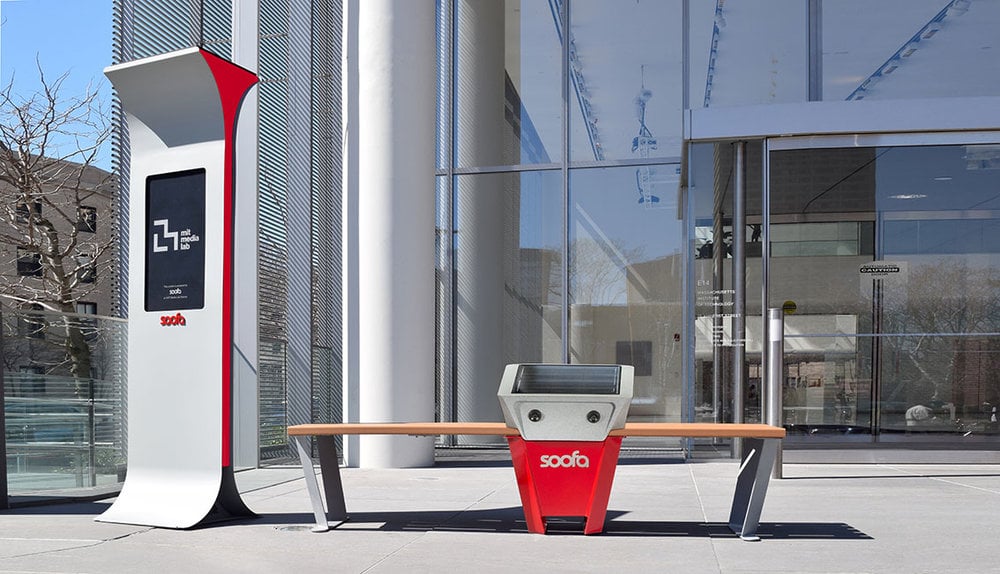Self-powered smart urban street furniture can help cities and communities increase the attractivity of public spaces by providing public services, information, and connectivity, while at the same time enabling the collection of valuable data for optimizing processes and reducing costs.
Cities are increasingly adopting smart street furniture solutions
Whether we talk about digital signs, smart benches or even fully integrated smart bus stops – there are a lot of new products available in terms of smart urban street furniture. A growing number of cities and communities throughout the world are adopting these self-powered products to make life easier for citizens and visitors and to optimize the management of public infrastructure or to provide connectivity such as free WiFi.
Startups offer excellent products that use the latest technology
This market development is led by startups that have employed the newest IoT technology to create benefits for cities. Some great examples are the U.S. startup and MIT spin-out Changing Environments, Inc (Soofa Bench/Soofa Sign), SmartCitiesLab from Spain (Smartquesina Bus Stop & Bench), Include ltd. from Croatia (e.g. Steora Bench) or the Smart Palm Project from Dubai.

Hundreds of Soofa benches (see picture above) of Changing Environments, Inc. have been installed across some 65 cities in the US and Canada by mid-2017. This example shows, how fast the adoption rate by cities and communities is. And these agile smart cities startups are already developing new products, like digital signage solutions (see picture below) to make cities smarter.
Why should your city or community consider this trend?
Because smart urban street furniture provides a range of benefits for local governments and citizens:
- Free solar-powered phone/electronic device charging points
- WiFi connectivity
- Delivery of public services and citizen information on screens that can be updated easily
- Educational purpose in terms of renewable energy
- Saving energy that would otherwise be consumed by electric-powered street furniture (energy provided by the city) or in private households/companies (charging of electronic devices) – thus also leading to lower costs
- Collecting big data to improve public services (e.g. pedestrian traffic, use of public facilities, comparison of different locations)
- The traditional “advertisement function”
With the smart city movement accelerating around the globe, it is only a matter of time before you will find smart urban street furniture in a public space within your region.
Find out more about smart street furniture and hundreds of other smart city solutions in our global smart city network and community. Share knowledge, lessons learned and solutions with thousands of smart city professionals worldwide. Join now for free.


